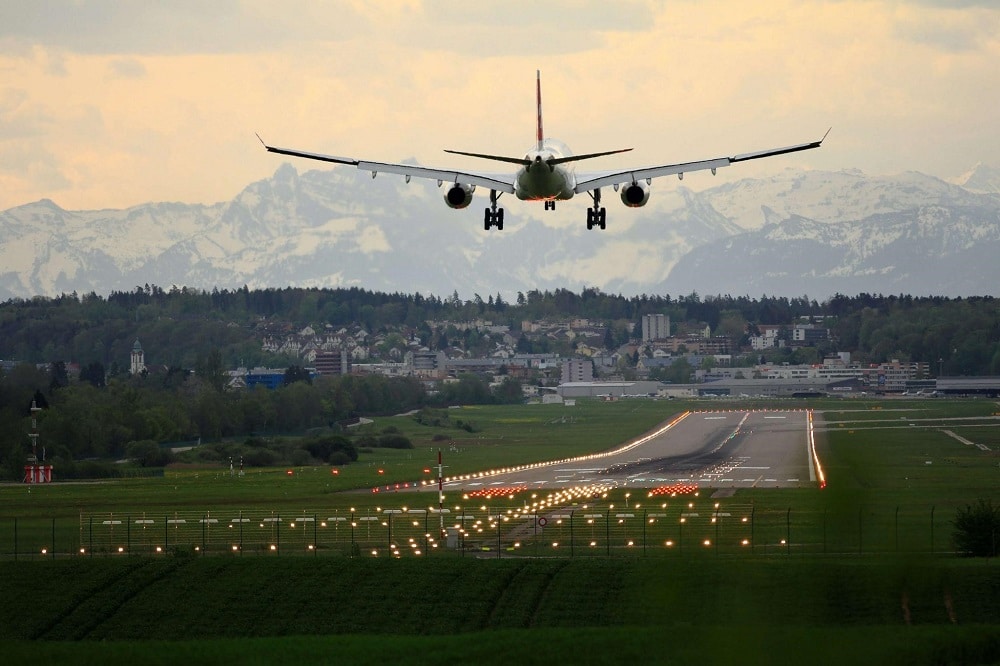How AI is shaping the Aviation Industry
The introduction of VR has already changed the aviation industry. With big companies seeing the huge positives it is bringing, they have turned their attention to the introduction of Artificial Intelligence (AI) to become the next breakthrough technology in the industry. As a result, all of the big brands are beginning to invest in artificial intelligence to enhance their services and products, giving customers a better experience overall.
Artificial intelligence is disrupting the travel industry in general. Our transportation methods are changing for the better, from automobiles to rail. There is still much discussion about autonomous cars and improvements in our driving experience, but advances are also being made in the airline industry.
According to the Bureau of Transportation Statistics, commercial airline travel generated operating revenue of $168.2 billion in 2016. Passenger traffic is expected to double within two decades, and airline operating revenues accounted for 74.5 percent of operating income, or $125.2 billion.
As a result, airlines are investigating how artificial intelligence can help them meet customers’ demands and improve operational efficiency, speed, and customer satisfaction. Following are a few of the recent changes we have witnessed and what we should expect in the near future.
Passenger Experience
Airports and airlines are already using AI to do a variety of things. U.S. airlines, for instance, have partnered with Amazon Alexa to enable the check-in process to be updated on flight statuses. In addition, Delta Air Lines matches faces with passport photos when customers use the self-service kiosks to verify their identity. Other airlines can also upsell loyalty programs for passengers as well as business class upgrades or extra baggage before the passenger arrives at the airport by using AI to design the website checkout process to appeal to different users.
Overbooking can also be reduced with artificial intelligence. AI could be used to predict whether a specific passenger will not show up or will transfer to another flight based on previous flyer information and historical passenger data, along with changes in weather patterns on a particular route. The AI would then provide ground staff with up-to-date information about passenger numbers. The removal of passengers from already boarded planes could be made easier through this method.
Many enterprises, such as customer service, airports, and flight methods, are currently exploring the use of AI in the aviation industry. For example, airport facilities and operations will cost more than $1 trillion to improve and modernize during the next fifteen or so years. However, despite the early adoption of artificial intelligence by commercial passenger airlines, industry projections suggest a favorable environment for automation and innovation.
Virtual Assistance
Airline pilots can save time and gain efficiency by utilizing artificial intelligence through virtual assistant technology that reads weather forecasts on request, changes radio channels, and provides situational information on demand. The capabilities of AI-based virtual assistants enable them to handle repetitive tasks. Additionally, there are AI audio panels provided by Garmin that can be useful to pilots.
The use of virtual assistants is not just limited to improving customer service. Answering simple questions is easy with virtual assistants that are AI-enabled. For example, the most common questions surrounding flights are those regarding the status of flights or about services/offers related to audio, video, and Wi-Fi. Once the most common questions have been answered, support representatives can devote their time to more pressing issues. Further, virtual assistants are now available for passengers to book and plan their trips.
Travel-related tasks can be automated with an increasing number of apps. For example, travel agencies deal with all your flight and hotel bookings, car rentals, and itinerary management. Artificial intelligence and virtual assistants can automate the process instead of collecting data directly from you.
Monitoring Aircraft
Changes are being made behind the scenes to monitor aircraft health. According to Air Canada CEO Călin Rovinescu, using advanced analytics will help spread out the cost of aircraft that are flying longer than 16 hours at a time. In addition, using AI systems, you can prevent parts from breaking by estimating maintenance requirements before they occur.
It is possible to analyze the aircraft’s “health monitoring” data instantly and provide the information to airlines in real-time, enabling them to take preventative actions immediately. All aircraft systems, including generators, brakes, engines, valves, and avionics, will likely incorporate artificial intelligence in the future. In this way, operators would enjoy increased reliability and reduce disruptions, thereby saving a lot of money. Natural language processing uses massive amounts of maintenance logs to forecast component failures and provide recommendations.
The result will not only be savings for the airlines but the data can be kept in real-time to facilitate projecting repairs and them being safer while traveling. A plane gets an early warning when there is a problem before it reaches the runway. If they have to refuel or repair parts on their aircraft, they won’t have to wait on the runway for hours. Businesses reduce flight delays caused by malfunctions by using artificial intelligence and aircraft repairs. Everyone wins.


























